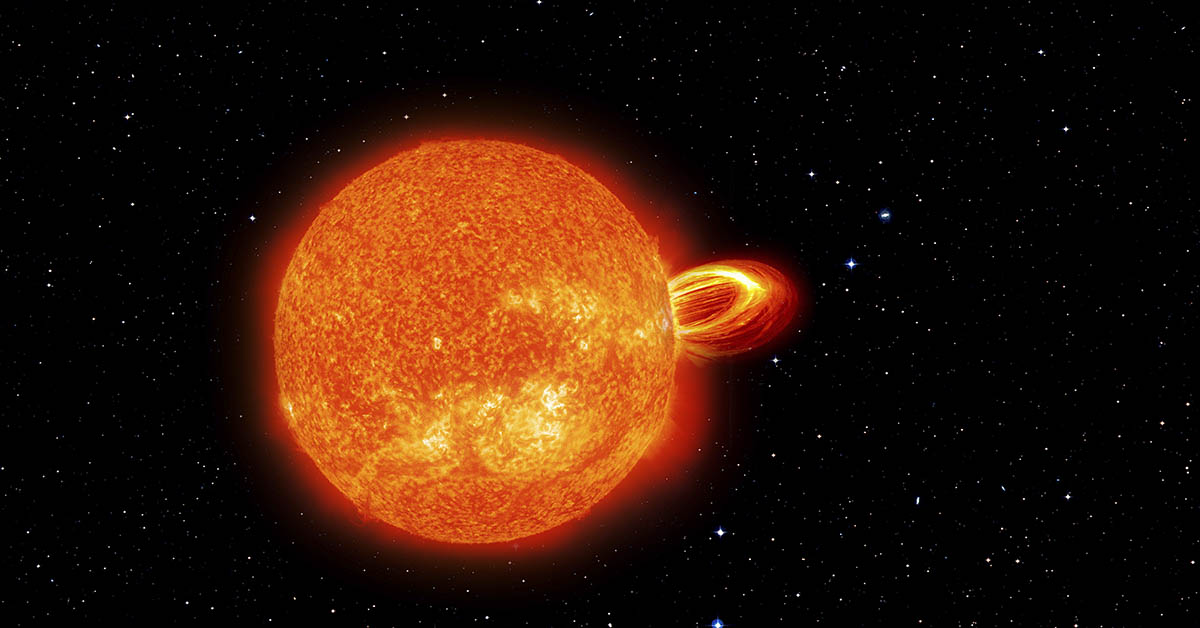Editor’s Note (June 2, 2025):
This article was originally published prior to the recent solar storm event. We’ve added new information below detailing the June 1–3 geomagnetic storm, including real-time impacts and updated NOAA warnings.
Solar storms are powerful bursts of energy from the sun that can affect our life on Earth. In May 2025, the sun fired off the strongest solar flares of the year so far, including powerful X-class flares that caused radio blackouts worldwide. These space weather events raise important questions about how prepared we are for major solar activity. Such disturbances can disrupt the technology we depend on daily. A recent federal emergency drill revealed serious gaps in our readiness.
What is a Solar Storm
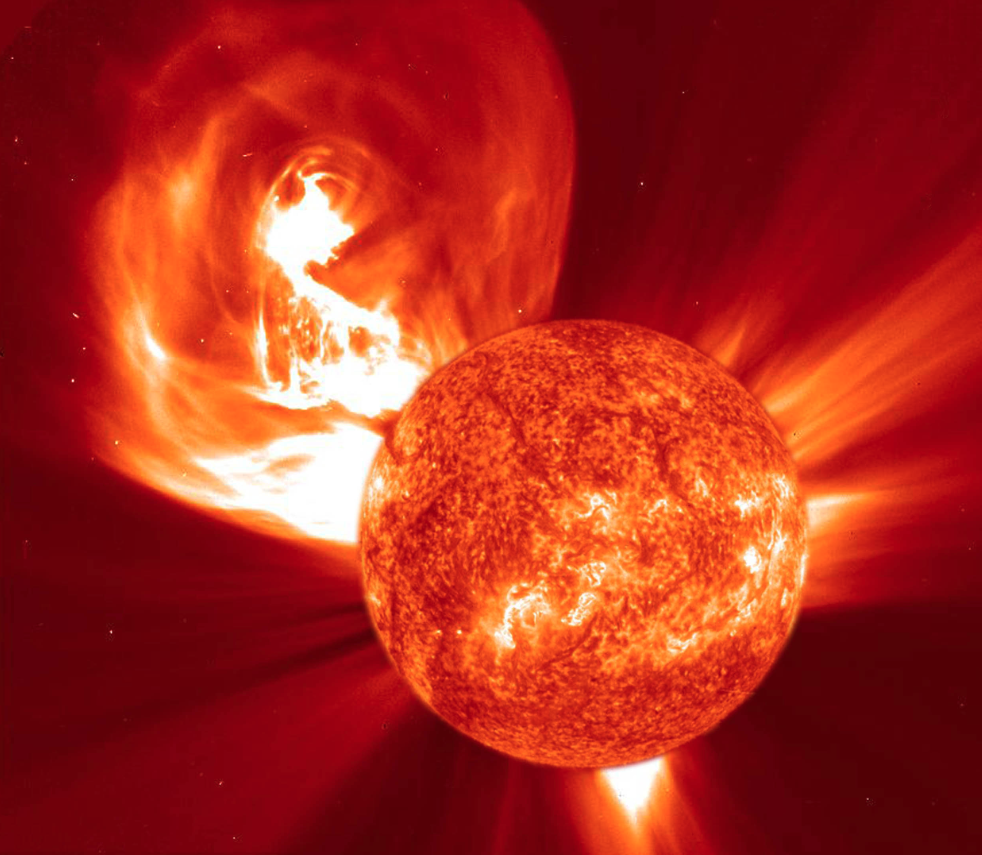
A solar storm happens when the sun sends out energy and charged particles into space. These events begin with solar flares, which are sudden flashes of energy from areas with strong magnetic forces. In these areas, the sun’s magnetic field lines get twisted and break apart through magnetic reconnection. When this happens, a lot of energy is released. Some solar flares also cause coronal mass ejections, or CMEs. These are plasma clouds that shoot out into space at high speeds. When these particles reach Earth, they affect our magnetosphere and atmosphere, creating what we call a geomagnetic storm.
Space Weather Classification System
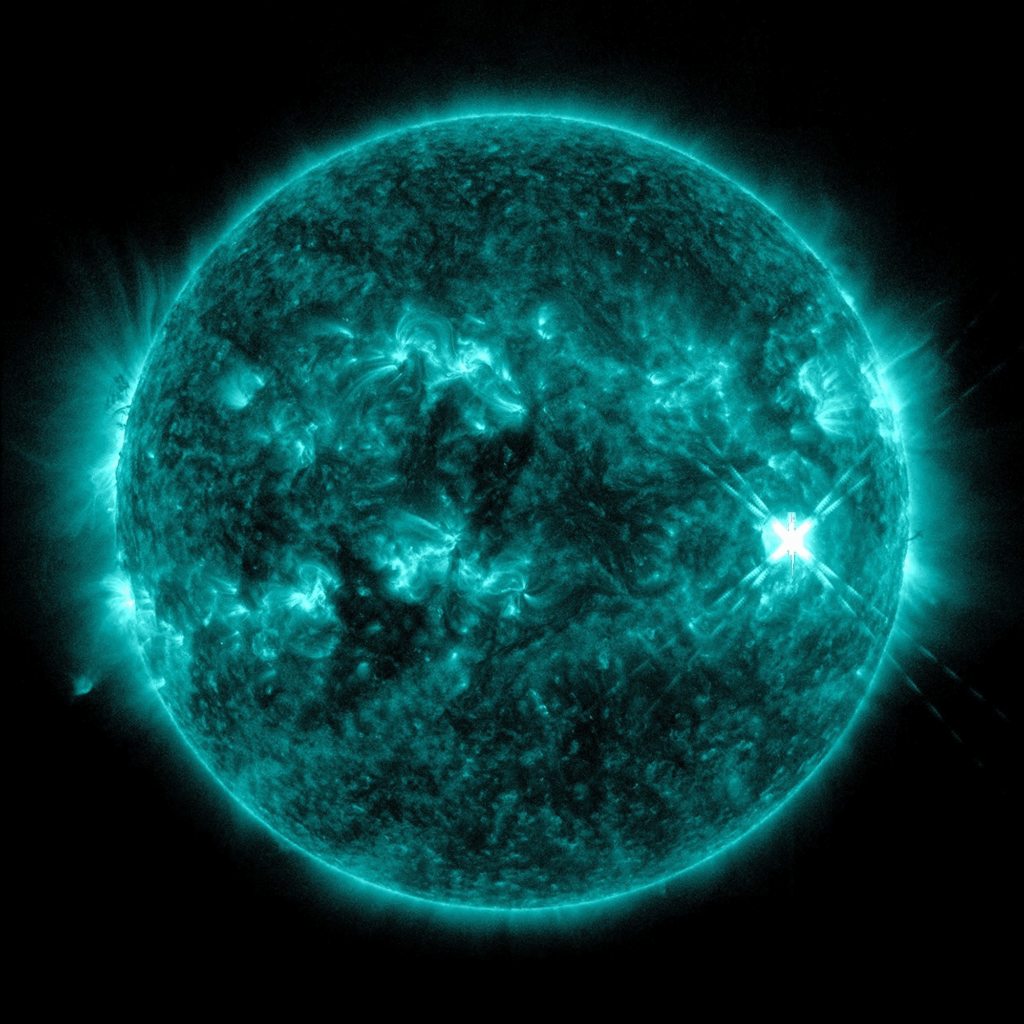
Solar flares are classified according to their intensity, or energy output. The classes range from A, which are the weakest flares and barely noticeable above the Sun’s background radiation, through B, C, and M, up to X, which are the strongest flares. Each higher class is a 10-fold increase in energy. So an X flare is 10 times stronger than an M flare and 100 times stronger than a C flare.
Solar Activity Forecast for 2025
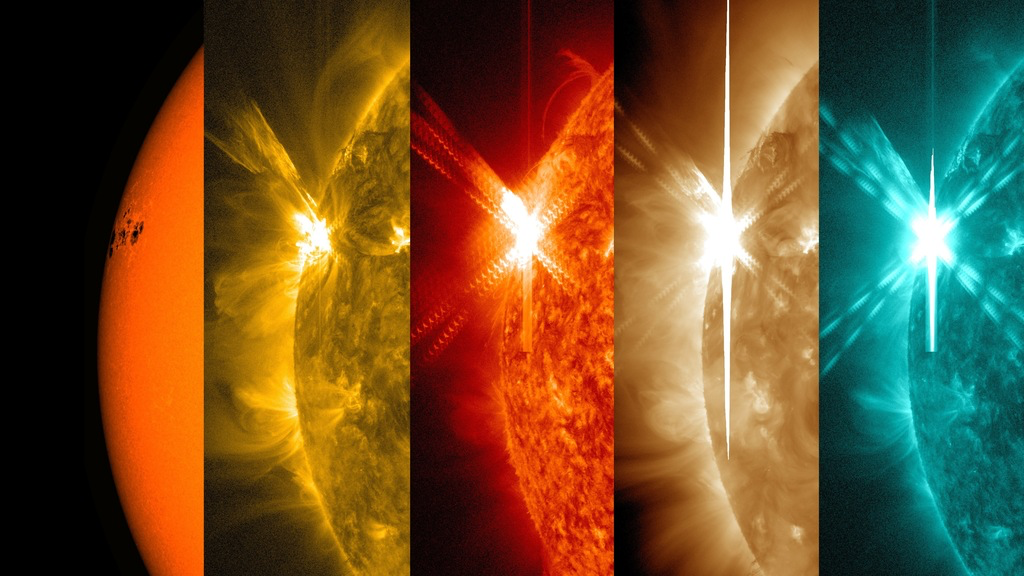
In mid-May, the sun produced several powerful solar flares, including X1.2 and X2.7-class flares that were the strongest of the year so far. These flares caused radio blackouts affecting multiple continents. Solar activity has continued with recent sunspot regions producing further X-class and M-class flares. Scientists expect more solar activity throughout 2025 because we are currently at solar maximum, the peak of the sun’s 11-year cycle. Current forecasts show a 70% chance for M-class flares and a 30% chance for X-class flares.
Potential for Global Catastrophe
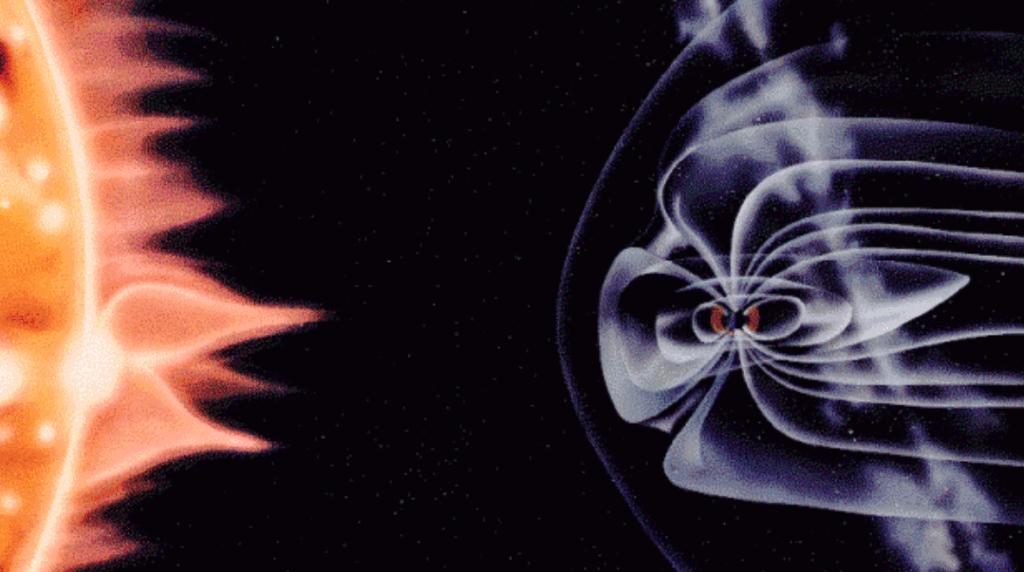
Earth’s magnetosphere acts like a protective shield that deflects most solar particle explosions. However, very strong geomagnetic disturbances can cause serious problems to our technology and infrastructure. The biggest risks include damage to power grids, satellites, GPS systems, and communication networks. According to NOAA, the most powerful G5 geomagnetic storms could result in “complete collapse or blackouts” of some power grids and aurora borealis as far south as Florida and southern Texas. While this would be very disruptive to modern life, it would not destroy Earth itself.
Read More: Celestial Wonders of Spring 2025: Blood Moon, Shooting Stars, and More
How Long Solar Storm Last
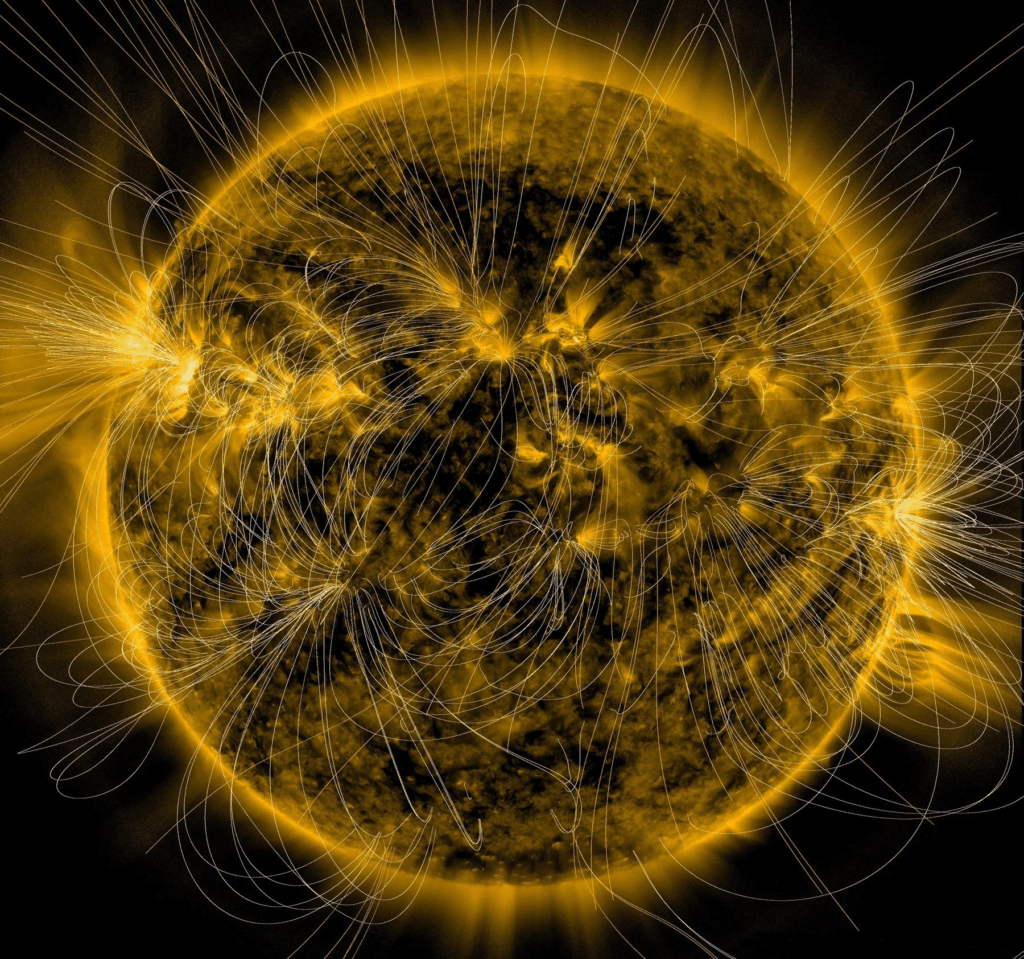
A solar flare lasts only a few minutes to a few hours, but its effects on Earth can last much longer. A geomagnetic storm, can last from a few hours to several days, depending on how strong they are and what type they are. When a CME travels from the sun to Earth, it takes one to three days to get here. Once it arrives, the geomagnetic storm it causes lasts between 12 and 48 hours. Stronger storms can last up to a week.
Earth’s Response to Solar Activity
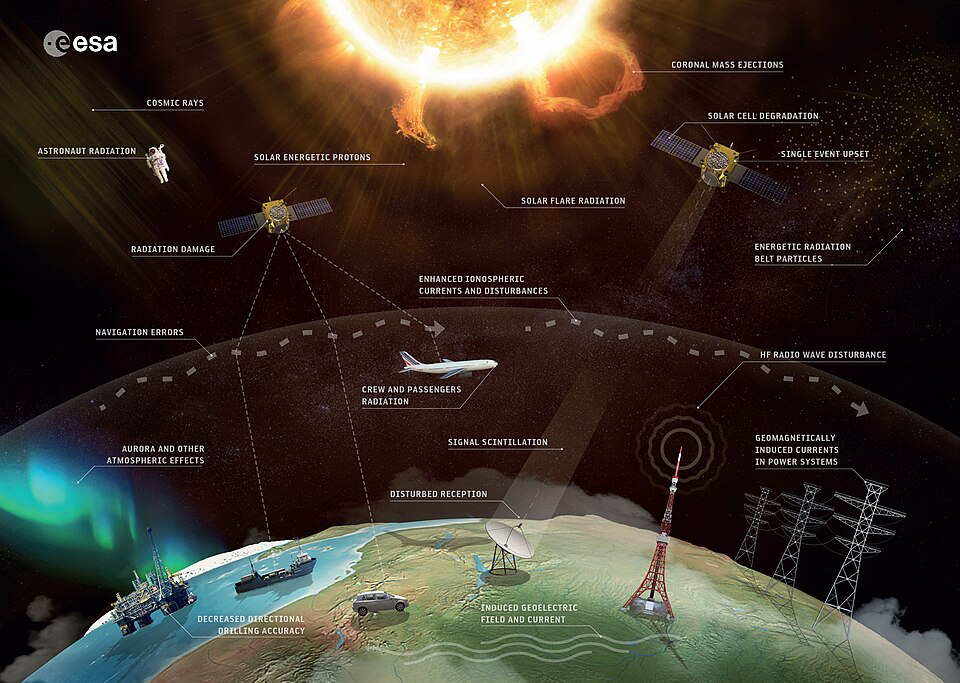
When charged particles from the sun collide with Earth’s magnetic field, they create electrical currents that overload power grids and damage satellite electronics. Solar flares cause radio blackouts differently. When intense X-ray and ultraviolet radiation hits our atmosphere, they supercharge the ionosphere (a layer of charged particles in our upper atmosphere) with extra electrons. This turns the D-layer (the part that normally reflects radio waves) into a radio signal sponge, absorbing transmissions instead of bouncing them back to Earth. Airlines operating polar routes may need to reroute flights during major solar events.
Timing and Prediction Challenges
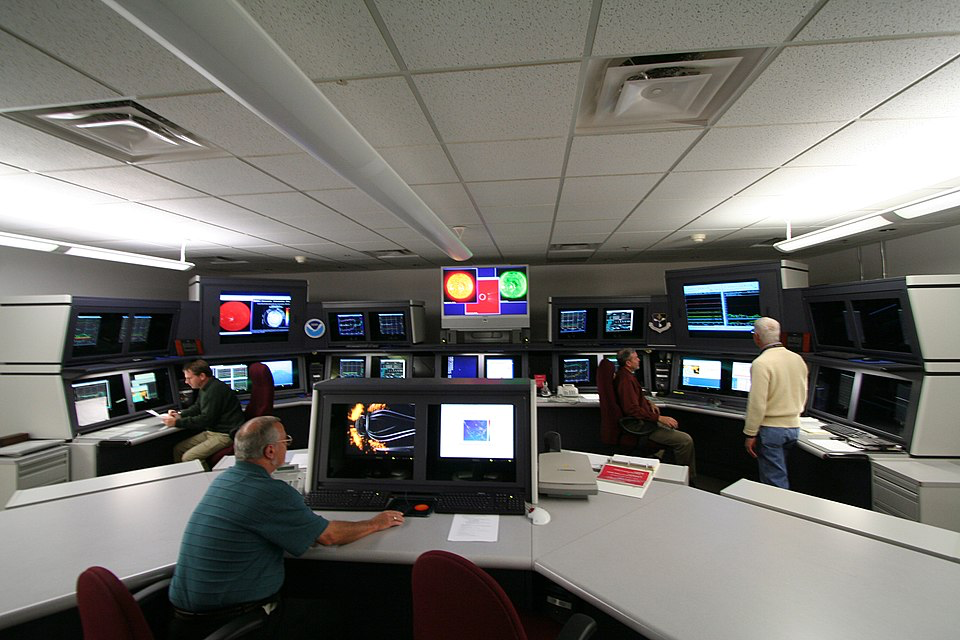
Scientists can only predict solar storms with about 30 minutes of warning once they detect a CME heading toward Earth using space weather monitoring satellites. This extremely short warning time makes it difficult for people and organizations to make preparations. Space weather forecasters monitor the sun constantly using satellites and ground-based instruments. When they see a solar flare or CME, they can estimate when it might reach Earth, within one to three days. However, predicting exactly when a storm will happen still remains challenging.
Geographic Impact Patterns
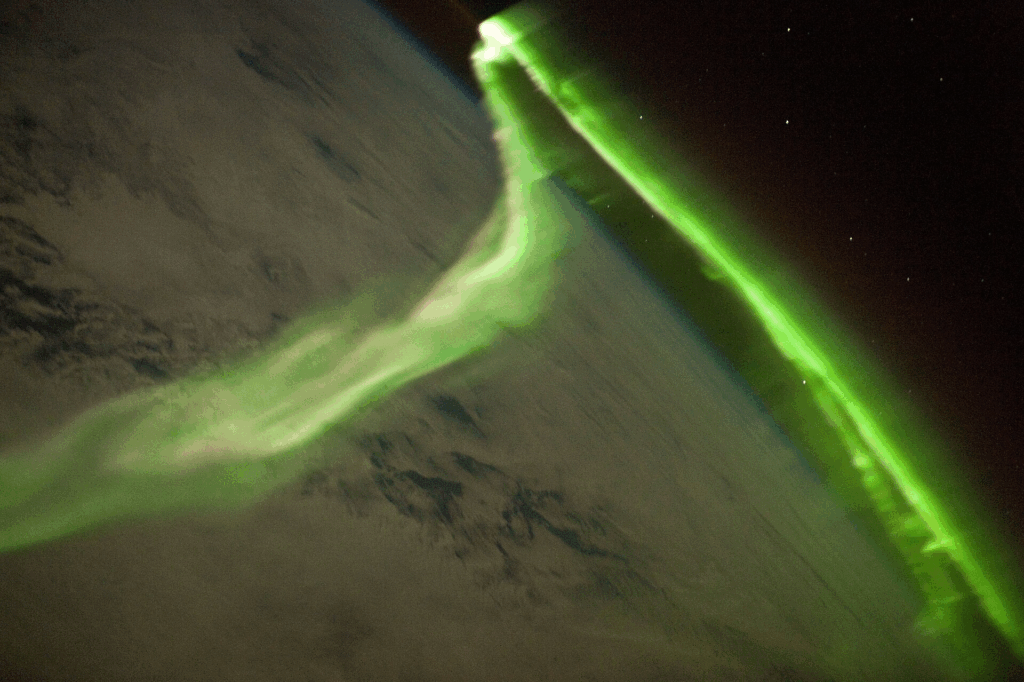
The effects are felt the strongest near the North and South Poles. This happens because Earth’s magnetic field naturally directs the charged particles from these storms toward the polar regions through magnetic field lines. Areas at high latitudes, like northern Canada, Alaska, northern Europe, and Antarctica, experience the most intense effects. However, very strong geomagnetic storms can affect regions much closer to the equator. Places as far south as Florida might see auroras or experience technology disruptions.
Federal Emergency Preparedness
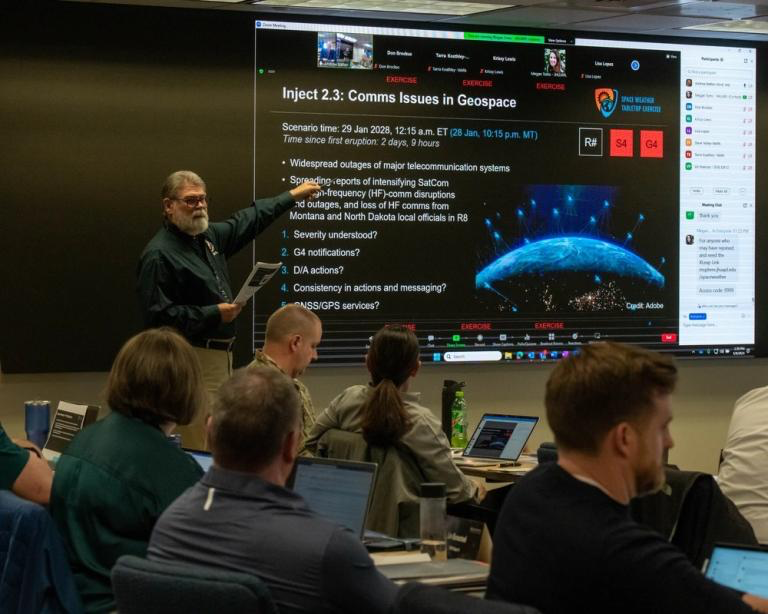
Recent government emergency drills have shown that agencies need to be much better prepared for these storms. The first-ever federal space weather emergency drill in May 2024 indicated problems with coordination and communication between different government departments. According to the official report, “Space weather is a complex subject, and its potential impacts are not well understood outside of NOAA and NASA.” The drill showed that parties without space weather expertise struggled to translate the scientific information and determine the impacts on Earth.
Recent Developments: Severe Solar Storm Arrives
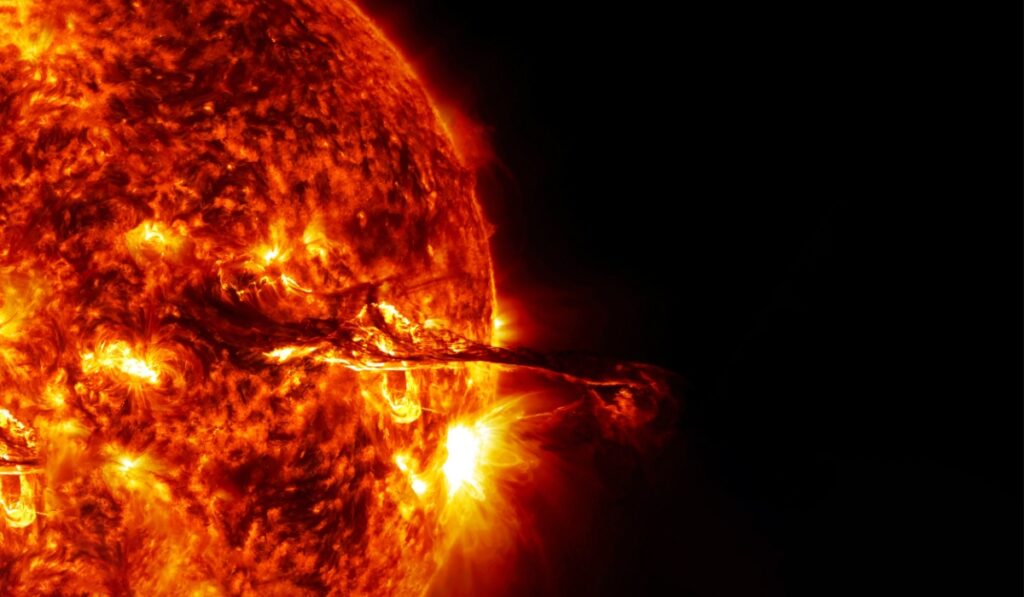
Since the earlier warnings, NOAA’s Space Weather Prediction Center has confirmed a severe geomagnetic storm (G4 level) arrived on June 1, 2025, lasting through June 3. The storm reached a geomagnetic K-index of 8, indicating intense magnetic activity rarely seen outside the strongest solar events. Currently G3 level storms have been detected according to the NOAA.
This disturbance was caused by a full-halo coronal mass ejection (CME) launched by an active solar region, traveling at nearly 1,938 km/s and reaching Earth in about two days. The storm has already caused elevated radiation levels, intermittent radio blackouts, and power grid stress, especially in areas above 45° geomagnetic latitude. Power operators have reported voltage control issues, and satellite controllers face increased drag and surface charging, complicating operations.
High-frequency radio communications, critical for emergency responders and flights, have experienced disruptions. On a brighter note, auroras have been visible much farther south than usual, seen as far as Alabama and northern California.
Individuals should unplug non-essential electronics during peak activity and stay informed via NOAA’s updates. This event underscores the importance of preparedness and serves as a vital test of our technological infrastructure during the solar maximum.
How to Prepare for The Storms

Preparing for solar storms involves both government agencies and individual citizens taking steps to reduce risks. For individuals, preparation includes having backup power sources, emergency supplies, and alternative communication methods ready. Keep battery-powered radios, flashlights, and extra batteries available. Download offline maps to your phone in case the GPS stops working. Businesses should protect sensitive electronic equipment and have backup systems ready. Most importantly, stay informed about space weather forecasts through reliable sources like NOAA’s Space Weather Prediction Center.
This content has, in part, been generated with the aid of an artificial intelligence language model. While we strive for accuracy and quality, please note that the information provided may not be entirely error-free or up-to-date. We recommend independently verifying the content and consulting with professionals for specific advice or information. We do not assume any responsibility or liability for the use or interpretation of this content.
Read More: A Previously Unseen Radiation Belt is Now Enveloping Earth
